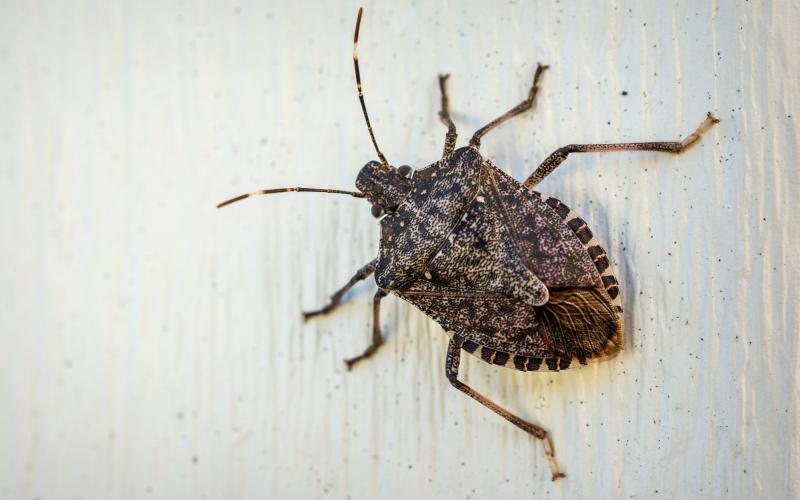Have you ever spotted a brown, shield-shaped insect crawling on your walls, furniture, or near windows? If so, you might be dealing with a stink bug—an uninvited guest that can quickly become a nuisance in your home.

What is a Stink Bug?
Stink bugs, particularly the brown marmorated stink bug (Halyomorpha halys), are invasive pests originally from Asia. They are easily recognizable by their mottled brown color, shield-like body, and long, banded antennae. These bugs have earned their name because they release a foul-smelling odor when threatened or crushed.
Why Are They in Your Home?
Stink bugs seek warmth and shelter, especially during colder months. They often enter homes through tiny cracks in windows, doors, and walls. While they don’t bite or cause harm to humans, they can be incredibly annoying due to their unpleasant smell and their tendency to gather in large numbers.
Why You Shouldn’t Ignore Them
-
Rapid Infestation: If you see one stink bug, there’s a high chance more are hiding. They release pheromones to attract others.
-
Damage to Plants: If you have a garden or indoor plants, stink bugs can wreak havoc by feeding on fruits, vegetables, and leaves.
-
Difficult to Get Rid Of: Squashing them releases their signature stench, which can linger in your home.
What Should You Do?
-
Seal Entry Points: Check windows, vents, and door frames for any gaps and seal them with caulk.
-
Vacuum Them Up: Instead of crushing them, use a vacuum cleaner to remove them and dispose of the bag immediately.
-
Use Natural Repellents: A mixture of dish soap and water in a spray bottle can help deter them.
-
Call Pest Control: If the infestation is severe, a professional exterminator might be the best solution.
Final Thoughts
While stink bugs may not pose serious health risks, they can be a frustrating presence in your home. The key to keeping them out is prevention—sealing entry points and removing them without spreading their odor. So, if you notice one, act quickly before they multiply!


